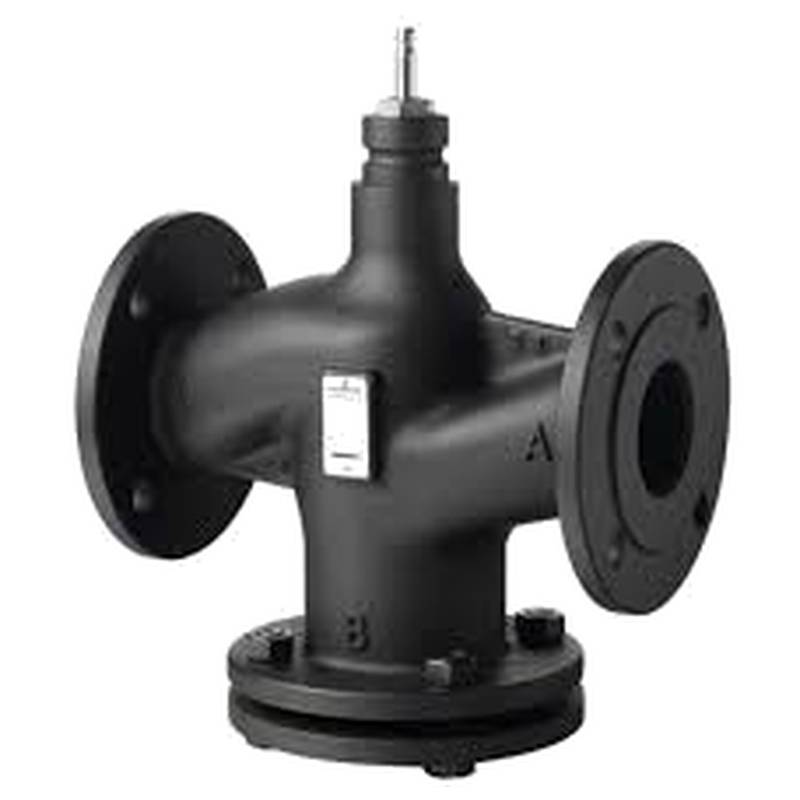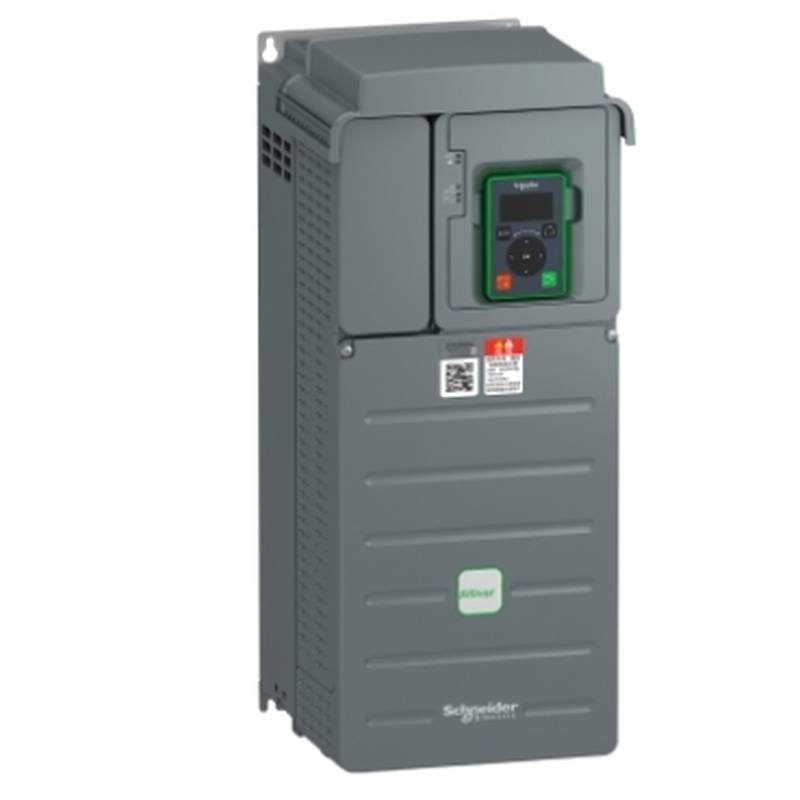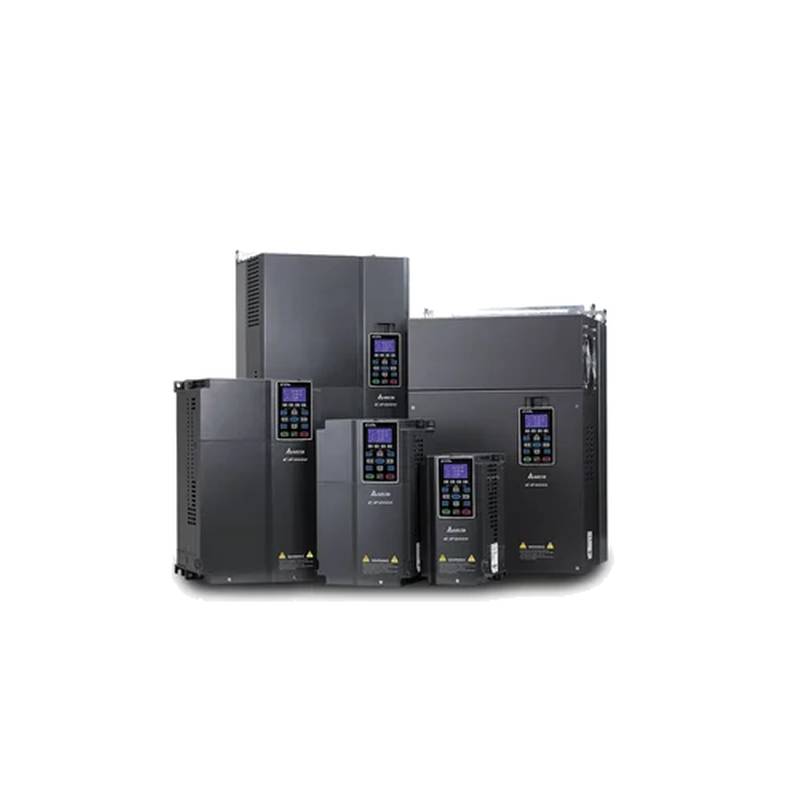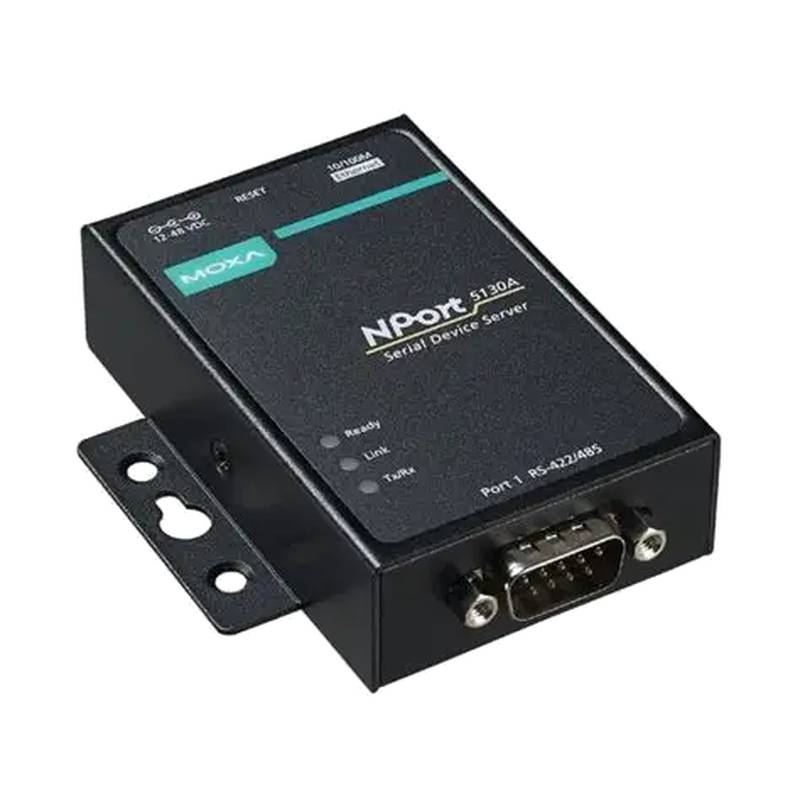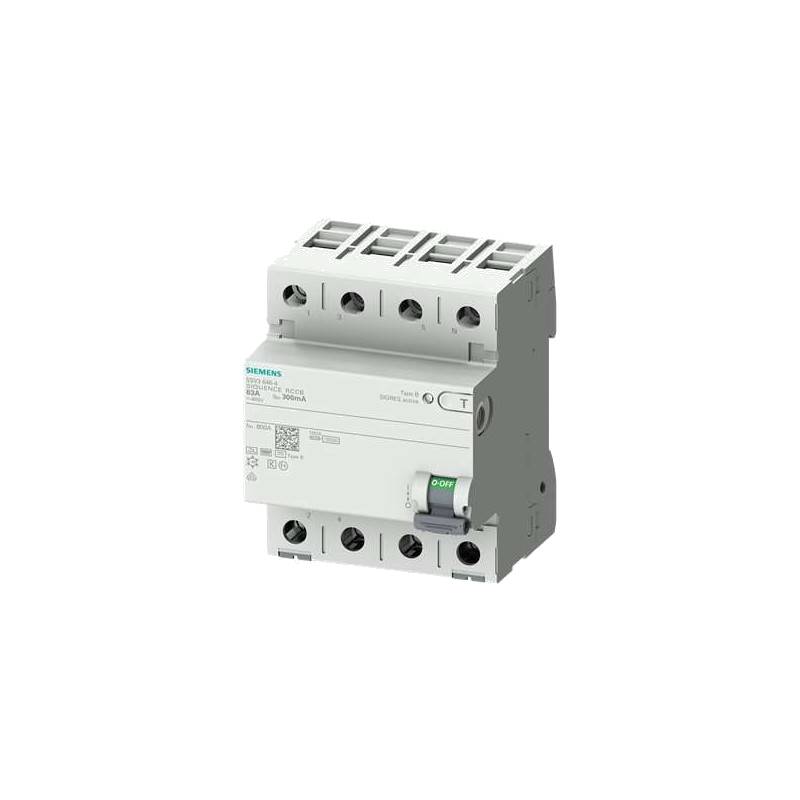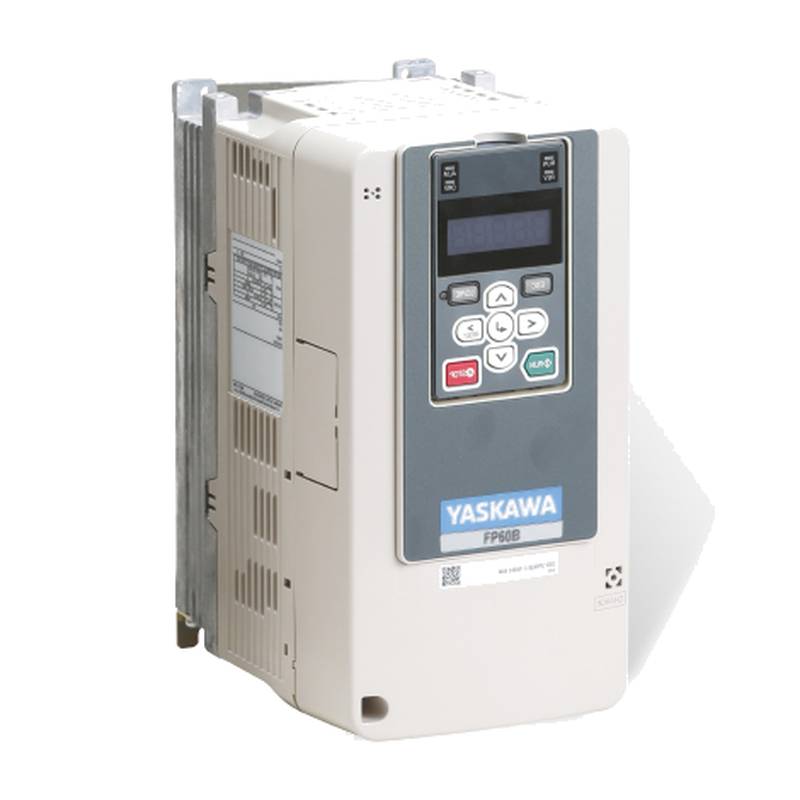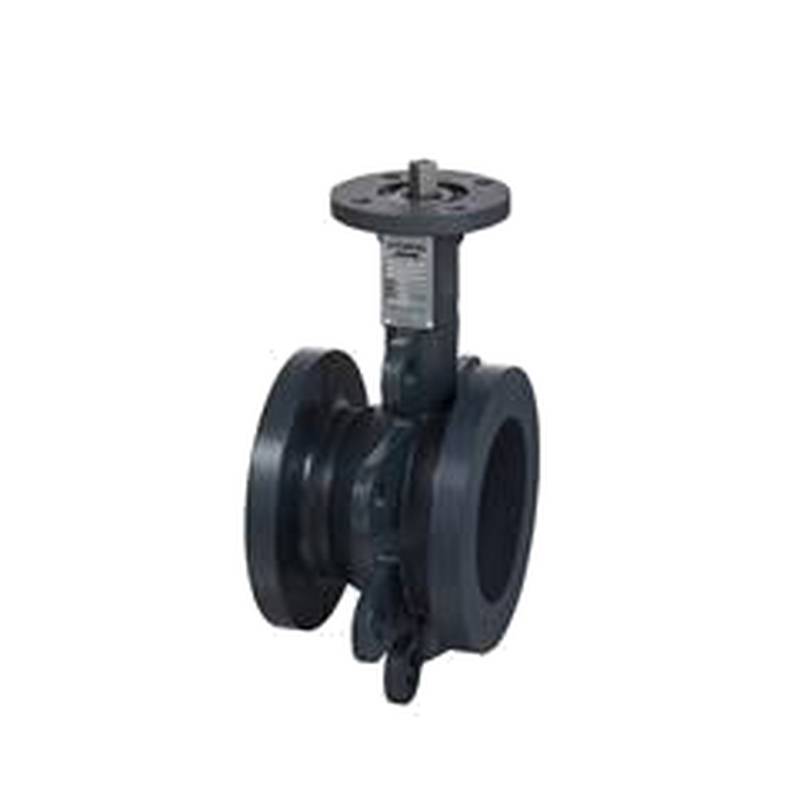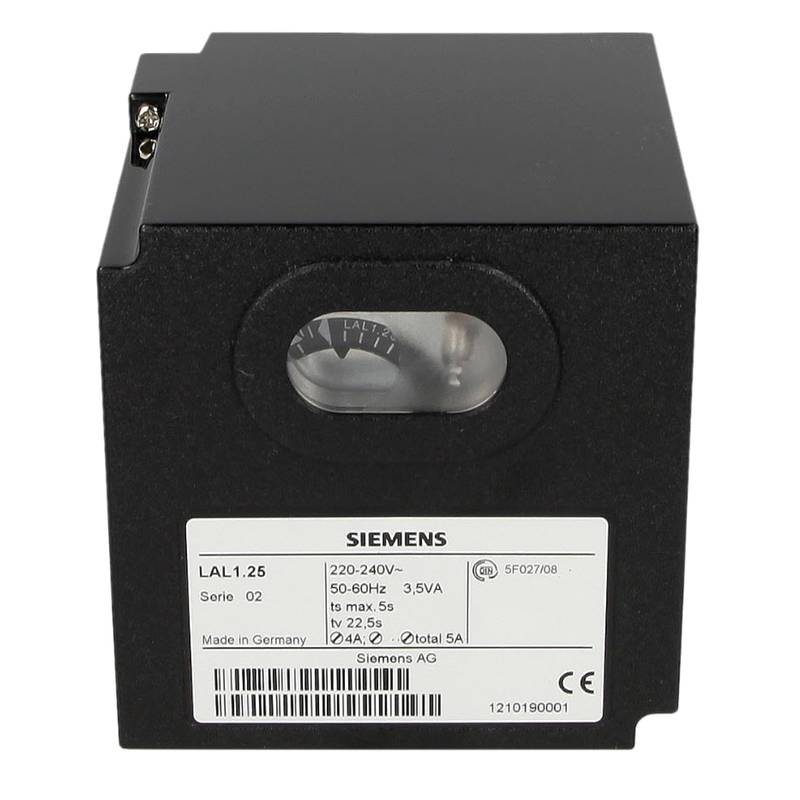
The Delta ECM-E3M-F21830RSE High Speed Low Inertia Absolute Encoder Motor is a state-of-the-art solution engineered for precision motion control applications demanding rapid response and exceptional accuracy. This integrated motor and absolute encoder unit boasts a robust design, minimizing mechanical play and maximizing dynamic performance. Its core advantages lie in its high speed capabilities, low inertia rotor, and the integrated absolute feedback, which ensures position retention even during power loss, thereby enhancing operational reliability and reducing downtime. Key technical parameters include its exceptional power density and precise positioning accuracy, making it a superior choice for demanding industrial automation tasks.
Product Specifications
| Feature | Specification |
| :----------------------- | :--------------------------------------------------- |
| Motor Type | Brushless DC (BLDC) |
| Encoder Type | Absolute Encoder |
| Rotor Inertia | Low |
| Speed | High Speed |
| Rated Voltage | [Insert Rated Voltage Here, e.g., 200-230 VAC] |
| Rated Power | [Insert Rated Power Here, e.g., 750W] |
| Rated Torque | [Insert Rated Torque Here, e.g., 2.39 Nm] |
| Peak Torque | [Insert Peak Torque Here, e.g., 7.17 Nm] |
| Rated Speed | [Insert Rated Speed Here, e.g., 5000 RPM] |
| Max Speed | [Insert Max Speed Here, e.g., 6000 RPM] |
| Holding Torque | [Insert Holding Torque Here, e.g., 2.39 Nm] |
| Encoder Resolution | [Insert Encoder Resolution Here, e.g., 17-bit Single Turn] |
| Protection Class | IP65 |
| Insulation Class | Class F |
| Ambient Temperature | 0-40 °C |
| Storage Temperature | -20-60 °C |
| Vibration Resistance | [Insert Vibration Resistance Here] |
| Brake | Optional (Specify if included or optional) |
| Communication Interface | [Specify interface, e.g., EtherNet/IP, PROFINET] |
Core Features & Market Positioning
The Delta ECM-E3M-F21830RSE distinguishes itself through its integrated absolute encoder, offering immediate and reliable position feedback without the need for homing cycles upon startup. This feature significantly streamlines commissioning and enhances operational efficiency in dynamic environments. Its low inertia design directly translates to superior acceleration and deceleration capabilities, crucial for high-throughput automated processes. Positioned as a premium solution for advanced robotics, high-speed pick-and-place machines, and precision assembly lines, it competes on performance, reliability, and ease of integration. Industry reviews often highlight its robust construction and consistent performance under demanding conditions, solidifying its reputation as a high-value component in sophisticated automation systems. The tight integration of motor and encoder reduces cabling complexity and potential points of failure, a key differentiator in its market segment.
Key Application Scenarios
This high-performance motor is ideally suited for applications where rapid and precise motion is paramount. It excels in robotic arm end-effectors requiring swift, accurate movements for assembly or manipulation tasks. Automated guided vehicles (AGVs) and autonomous mobile robots (AMRs) benefit from its dynamic control for navigation and precise docking. In packaging and labeling machinery, its high speed and accuracy ensure consistent throughput and product quality. Furthermore, it's a strong candidate for high-speed material handling systems, automated inspection equipment, and any scenario demanding repeatable, high-precision positioning with minimal lag. Users often seek such motors for retrofitting older machinery to achieve higher performance standards and increased productivity.
Practical System Integration Guidance
Integrating the Delta ECM-E3M-F21830RSE involves connecting the motor power and feedback cables to a compatible Delta servo drive, such as those from the ASDA-B3 or ASDA-A3 series. Ensure proper grounding to mitigate electrical noise and ensure signal integrity. The absolute encoder requires specific initialization parameters configured within the servo drive's software to establish its home position, though it retains position data across power cycles. Wiring should strictly follow the motor's datasheet and the servo drive's manual, paying close attention to connector types and pin assignments for both power and encoder signals. For network communication, configure the drive's communication module according to the chosen industrial protocol (e.g., EtherNet/IP, PROFINET) to enable seamless data exchange with the PLC or host controller.
Operation and Risk Mitigation
Safe operation of the Delta ECM-E3M-F21830RSE mandates adherence to electrical safety standards and proper use of the associated servo drive. Always ensure the motor is disconnected from power before performing any maintenance or wiring adjustments. Overload conditions should be prevented by configuring the servo drive's current limits and velocity limits according to the motor's specifications to avoid overheating and premature wear. While the absolute encoder minimizes homing errors, unexpected positional deviations could arise from severe mechanical shock or data corruption. Regularly inspect motor and cable integrity, and monitor drive diagnostics for fault codes related to over-current, over-voltage, or encoder errors. Proper thermal management within the application environment is also critical to maintain optimal performance and longevity.
Scalability & Long-Term Value
The Delta ECM-E3M-F21830RSE offers significant long-term value through its compatibility with Delta's broader automation ecosystem, facilitating scalability for more complex projects. Its integration with Delta servo drives allows for easy expansion of motion control capabilities across multiple axes. The use of standard industrial communication protocols ensures interoperability with a wide range of PLCs and SCADA systems, supporting integration into existing or future IIoT platforms. For manufacturers looking to upgrade older equipment or implement next-generation automation, this motor provides a robust foundation for enhanced performance and data-driven optimization, contributing to reduced operational costs and increased manufacturing agility.
Frequently Asked Questions
What is an absolute encoder motor?
An absolute encoder motor provides precise positional data without needing recalibration after power loss. It stores its position internally. This eliminates homing routines, saving time and enhancing operational reliability.
This technology is crucial for automated systems needing immediate readiness. It ensures quick startup and precise movements from the first command. This is unlike incremental encoders which require a reference point.
The motor's internal encoder continuously tracks its exact location. This data is available immediately upon system power-up. It's ideal for robotics and high-speed automation.
How does low inertia benefit motor performance?
Low inertia allows the motor to accelerate and decelerate very rapidly. This is critical for applications requiring quick changes in speed or direction. It directly improves dynamic response and throughput.
A lower inertia rotor means less mass to move. Therefore, less torque is needed for rapid motion adjustments. This results in higher efficiency and potentially smaller, lighter drive systems.
Applications like pick-and-place machines, robotic arms, and high-speed packaging lines benefit immensely. They achieve greater precision and speed with less energy expenditure.
What are the advantages of the ECM-E3M-F21830RSE?
This motor offers high speed and low inertia for superior dynamic performance. Its integrated absolute encoder ensures immediate position feedback and eliminates homing. It provides robust, reliable operation even after power interruptions.
The unit boasts high power density, meaning more power in a compact size. This simplifies machine design and installation. It also offers excellent precision and repeatability for critical tasks.
Its industrial-grade construction ensures longevity and performance in demanding environments. The integration of motor and encoder reduces cabling and potential failure points.
How do I wire the Delta ECM-E3M-F21830RSE motor?
Refer to the motor's specific wiring diagram in the manual. Connect power leads to the servo drive's motor output terminals. Ensure correct polarity for phase connections.
Connect the encoder feedback cable to the designated encoder port on the servo drive. This is crucial for transmitting position data accurately. Use shielded cables to minimize interference.
Always verify connections before applying power. Incorrect wiring can damage the motor, drive, or both. Consult the drive's manual for specific terminal assignments and cable types.
What servo drives are compatible with this motor?
This motor is designed to work with Delta's ASDA-B3 and ASDA-A3 series servo drives. These drives offer advanced control features and communication options. Always check the drive's specifications for motor compatibility.
Ensure the servo drive's power and current ratings match or exceed the motor's requirements. This prevents overloads and ensures optimal performance. The drive must also support the motor's encoder interface type.
Selecting the correct drive is key for achieving the motor's full potential. It allows for precise tuning and integration into your automation system. Check Delta's compatibility charts for the latest information.
Can this motor be used in robotics applications?
Yes, its high speed, low inertia, and absolute encoder make it ideal for robotics. It enables fast, precise movements for robotic arms and end-effectors. Position retention ensures robots are ready instantly.
Robotic applications demand rapid acceleration and deceleration for efficient task completion. The ECM-E3M-F21830RSE's dynamic response excels here. Accurate positioning is vital for assembly and manipulation.
The integrated absolute feedback eliminates homing, speeding up robot deployment. This is a significant advantage in multi-robot or quickly reconfigurable systems.
How do I set up the absolute encoder on the drive?
Initialize the absolute encoder through the servo drive's parameter settings. The drive must recognize the encoder type and model. Follow the drive's manual for the specific initialization procedure.
The drive will guide you through setting the absolute encoder's home position. Even after power off, it retains this position. This avoids the need for homing routines on startup.
Proper configuration ensures the drive and motor communicate accurately. This is essential for the system to function as intended and maintain precision.
What kind of maintenance is required for this motor?
Regular visual inspection of the motor and its cabling is recommended. Check for any signs of damage, wear, or loose connections. Ensure the motor's ventilation openings are clear of dust and debris.
Monitor motor temperature during operation using the servo drive's diagnostic tools. Prevent overheating by ensuring proper load balancing and ambient conditions. Avoid exposing the motor to excessive moisture or corrosive environments.
Lubrication is generally not required for brushless DC motors like this. Follow manufacturer guidelines for any specific environmental considerations or advanced maintenance procedures.
What are the safety considerations when using this motor?
Always follow electrical safety guidelines, including proper grounding and insulation. Ensure the motor and associated drive are correctly sized for the application to prevent overloads. Use appropriate personal protective equipment (PPE).
Implement safety interlocks in your machine design to stop the motor in emergencies. Ensure personnel are trained on safe operating procedures and lockout/tagout protocols. Never perform maintenance while the system is powered.
Understand the motor's operating parameters and potential failure modes. Regularly review diagnostic information from the servo drive for any anomalies. Be aware of safety certifications for your specific region.
Where can I find the detailed technical specifications?
Detailed technical specifications are available in the official Delta product manual. This document provides comprehensive data on electrical, mechanical, and environmental parameters. You can usually download it from Delta's official website.
The manual includes precise ratings for voltage, current, torque, and speed. It also details encoder resolution, insulation class, and protection ratings like IP65. Always use the most current version of the manual.
Refer to the manual for wiring diagrams, mounting instructions, and troubleshooting guides. It's the definitive source for all technical information related to the ECM-E3M-F21830RSE motor.
















